What issue can we solve for you?
Type in your prompt above or try one of these suggestions
Suggested Prompt



Last week, we looked at how big organizations need to adopt an engineering mindset and learn to think and act with the speed and agility of digital natives. A key challenge for leaders who want to adopt this approach is to create the right culture within their teams in order to foster autonomy and shared consciousness.
Here are five qualities of successful engineering teams observed across a wide variety of organizations:
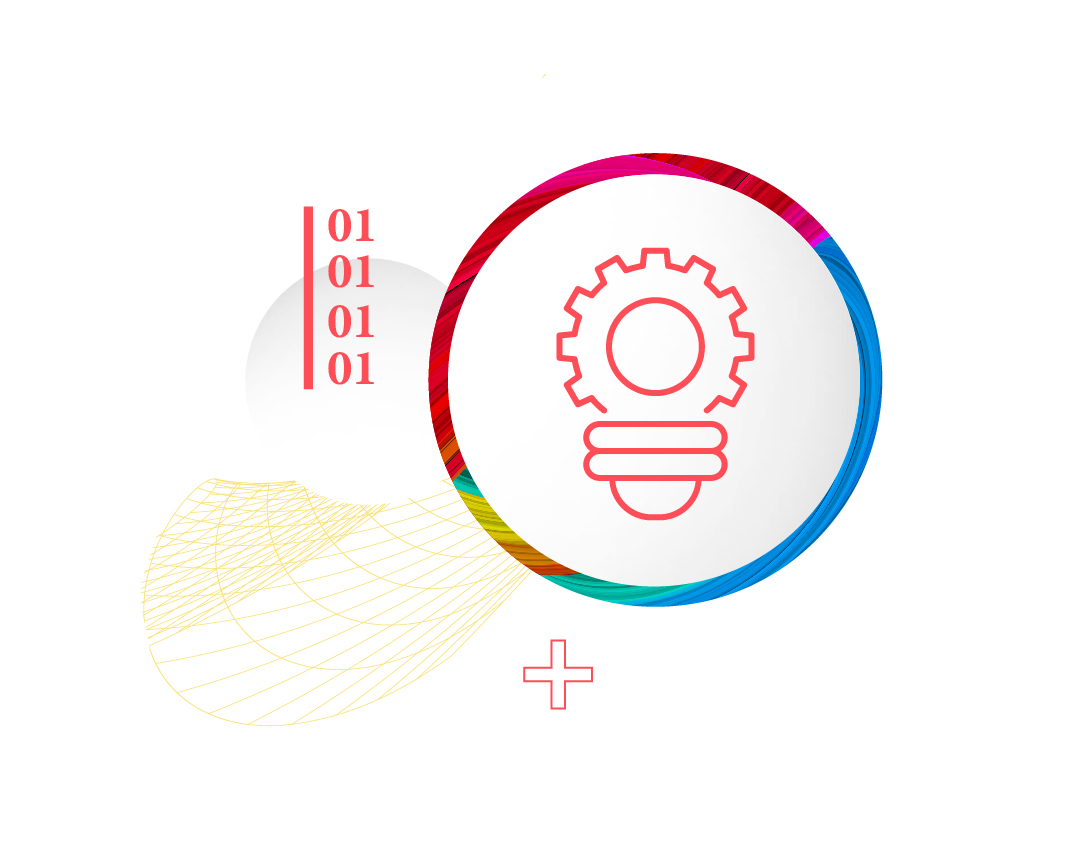
1. Innovate and experiment
Teams don’t always have to stick to the plan. Yesterday’s engineering solutions are history with how quickly digital is moving. The ability of smaller organizations to move from concept to product in a matter of weeks has changed the game. Innovation must be at the heart of the team’s mission. Not as a one-off, but all the time.
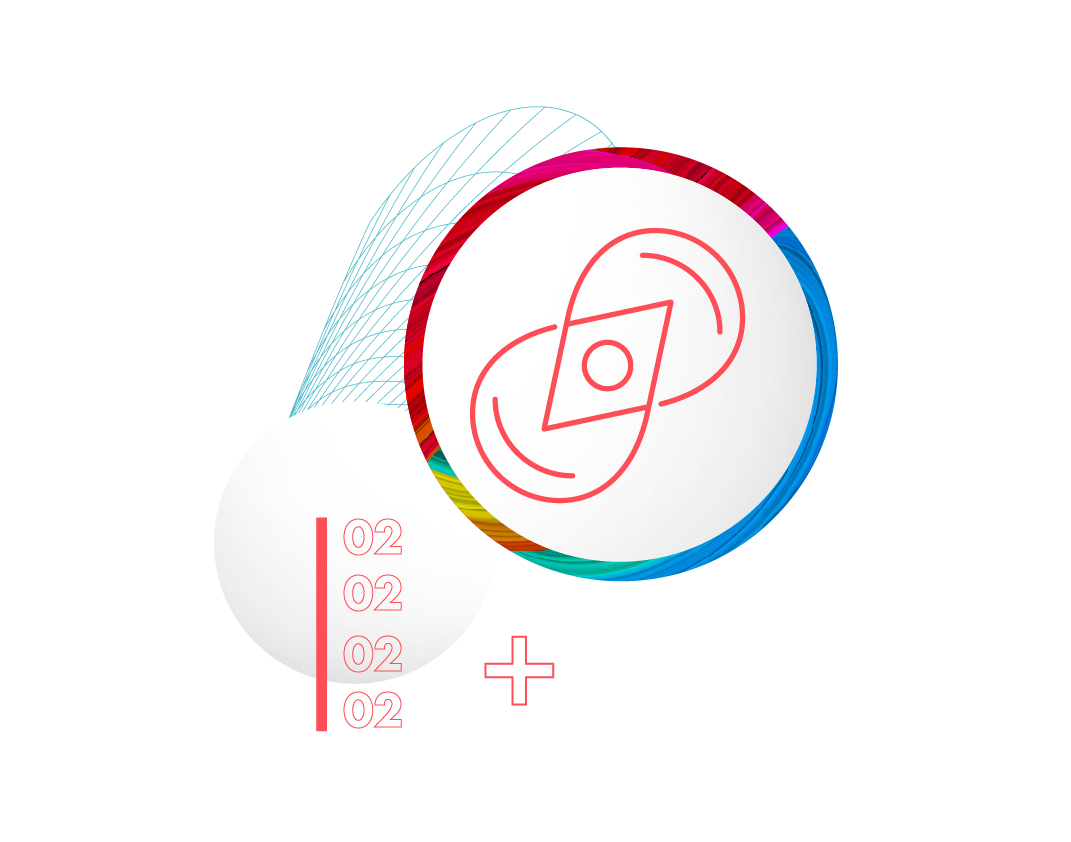
2. Don’t ignore a changing environment
Respond rapidly. The future is becoming harder to predict and control, so responsiveness and agility is now paramount. Market conditions are changing constantly, and teams must be prepared to operate in an environment of continuous disruption, monitoring developments closely and repositioning as required.
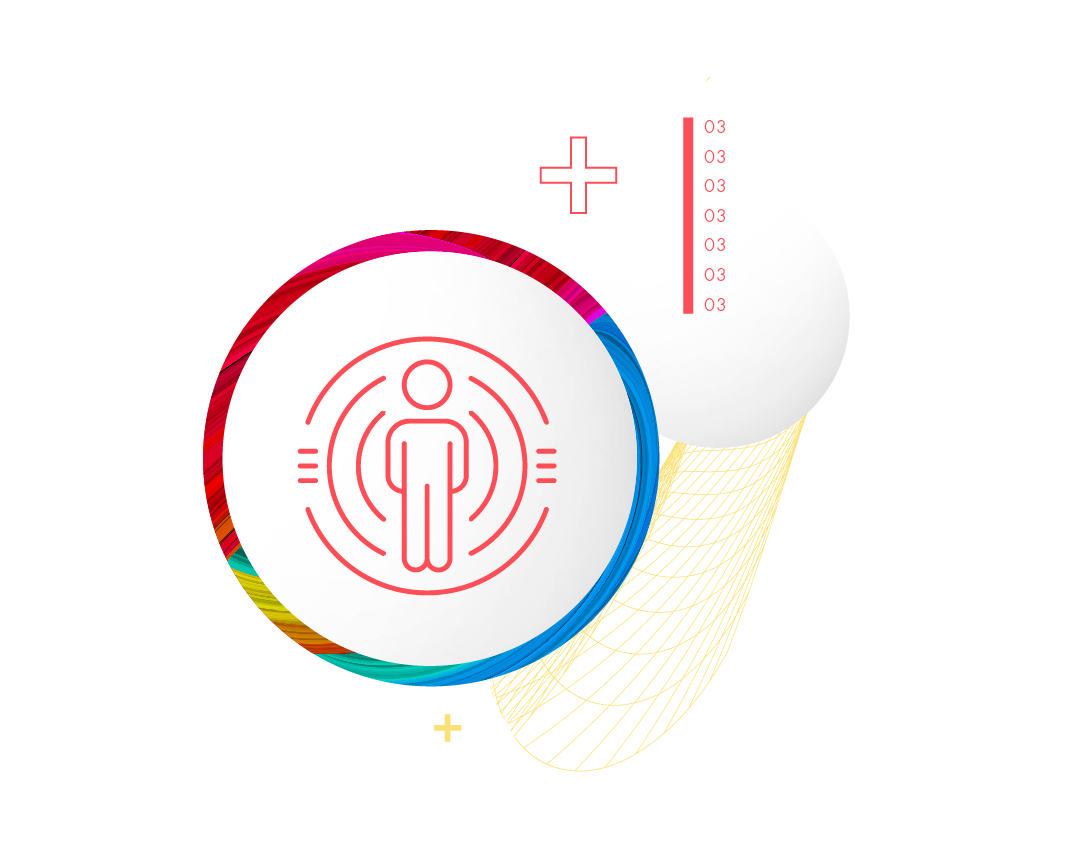
3. Let customers lead you, not IT
Customer expectations are rising constantly. As customers become more digitally savvy—so must you. Customers are looking for the best digital experience, regardless of sector or market. They will constantly compare you to the best they’ve experienced and judge you accordingly. That’s why the test-and-learn methodology is critical. Don’t refine until perfect—launch quickly and use user feedback to inform engineering and optimization, which should then be tested again and further optimized.
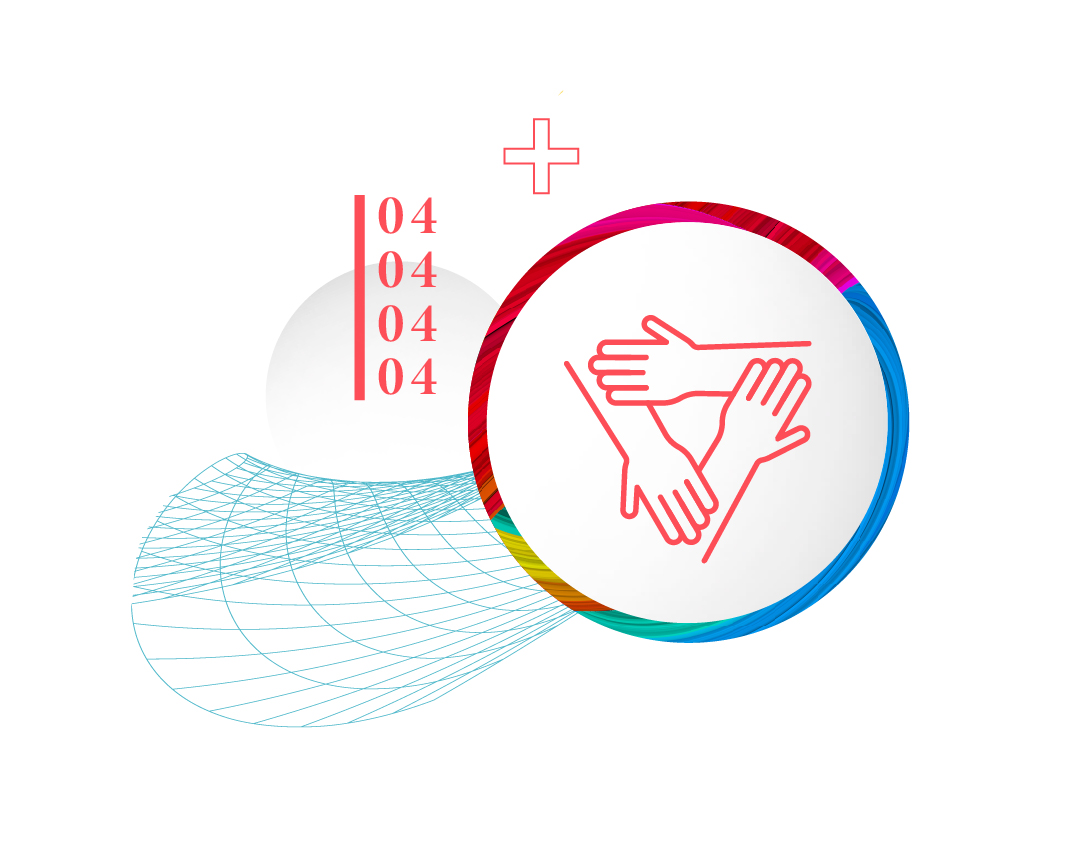
4. Break out of your silos and learn to collaborate
Share across teams, share within guilds. The agile-at-scale enterprise start-up approach is based on constant experimentation and individual autonomy, backed by the sharing of ideas and innovations so that everyone can align with best practices and continual optimization. This works within and between engineering teams, as well as across guilds of agile coaches, business analysts and champions that are placed at the heart of each enterprise start-up team.
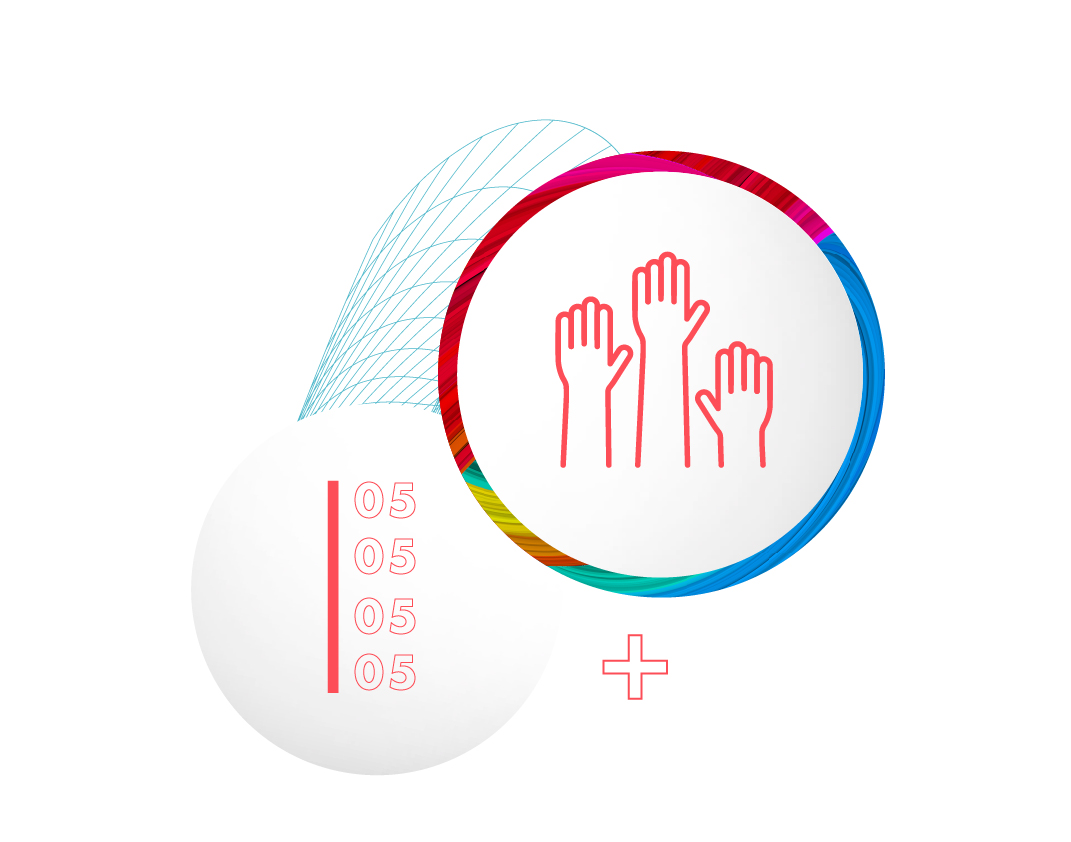
5. Seek common goals and autonomy
Only a strong engineering culture can power through chaos and disruption. Creating a cohesive team culture that prizes experimentation and individual autonomy as well as sharing of knowledge and a drive towards common goals is the key to success. Balance team effort and “playful competition” between individuals to foster an environment of continuous, incremental improvement.
Related articles
-
![The number 10 on colorful background]()
10 Success Factors for Digital Business Transformation
The biggest hurdle to digital transformation tends to be getting buy-in and breaking down silos. Success relies on great partnerships, both inside and outside the business. Here are 10 concrete, consistent components found behind every successful transformation.
-
![Hand holding a cell phone]()
Below the Glass: What Most Companies Don’t Realize About Customer Experience
Experience isn’t just about what’s on the screen, but what customers will never see. It involves anything and everything that affects a customer’s interactions with a brand.
-
![Charts, graphs and data being generated by woman using her smart phone]()
How We Use Data to Help You Stay Relevant to your Customers
Data is more crucial than ever for businesses. Learn about the data-informed way we work from Chief Product Officer Sheldon Monteiro, and what makes it so effective.

Digital Business Transformation Newsletter
Subscribe to exclusive transformation-focused trends and insights.






